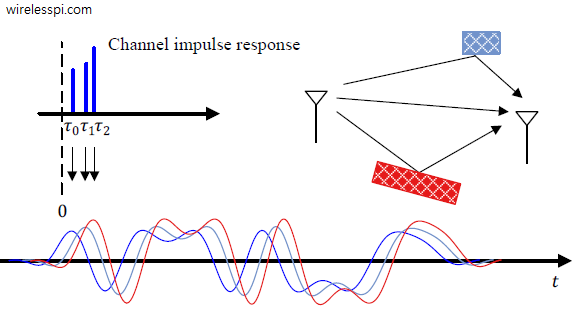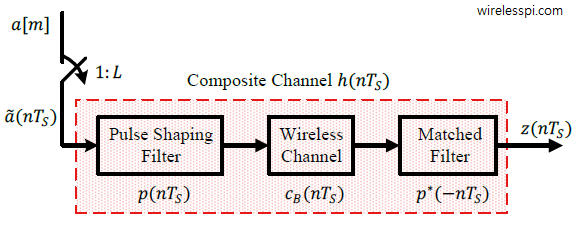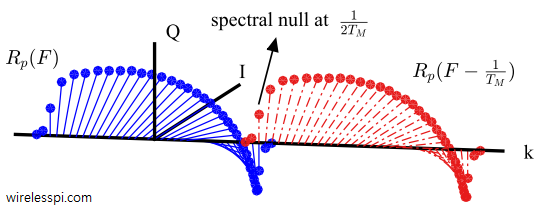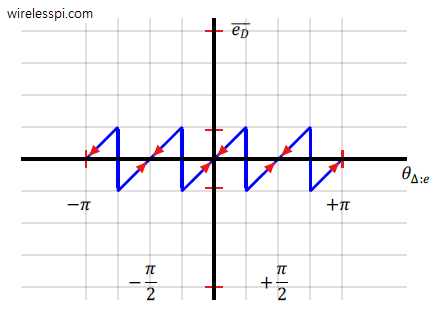Indoor positioning is one of the core technologies behind the idea of Internet of Things (IoT). Some of the use cases are asset tracking and management, factory automation systems, virtual and augmented reality applications, social media relevance and precision marketing in shopping malls. Distances between wireless devices can be determined through various ranging techniques that were introduced in the big picture of localization. Among the candidates, phase based ranging is a low-cost and accurate method that can be implemented on cheap hardware and deployed in real scenarios with relative ease (even in the absence of synchronization among nodes). In this
Continue reading



